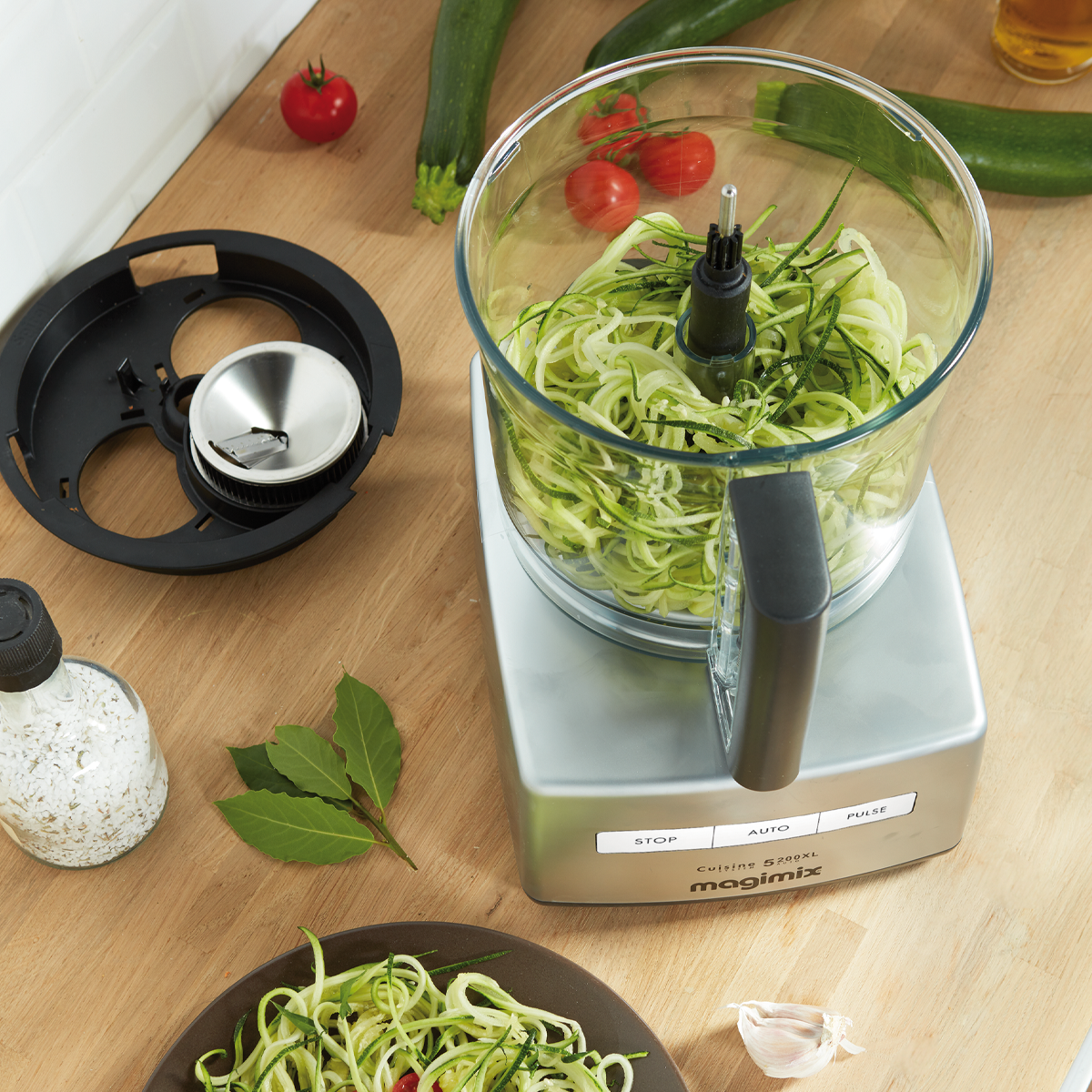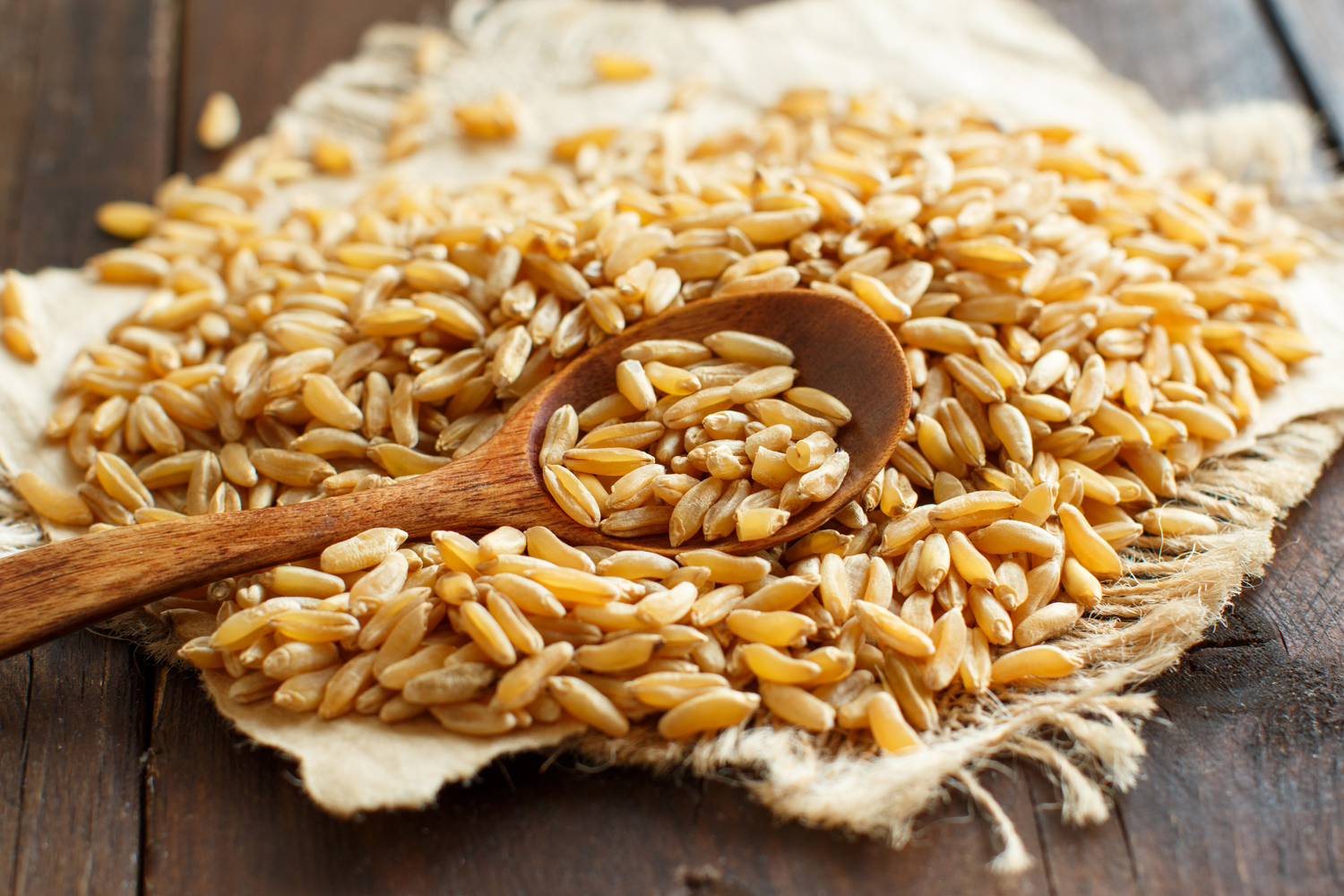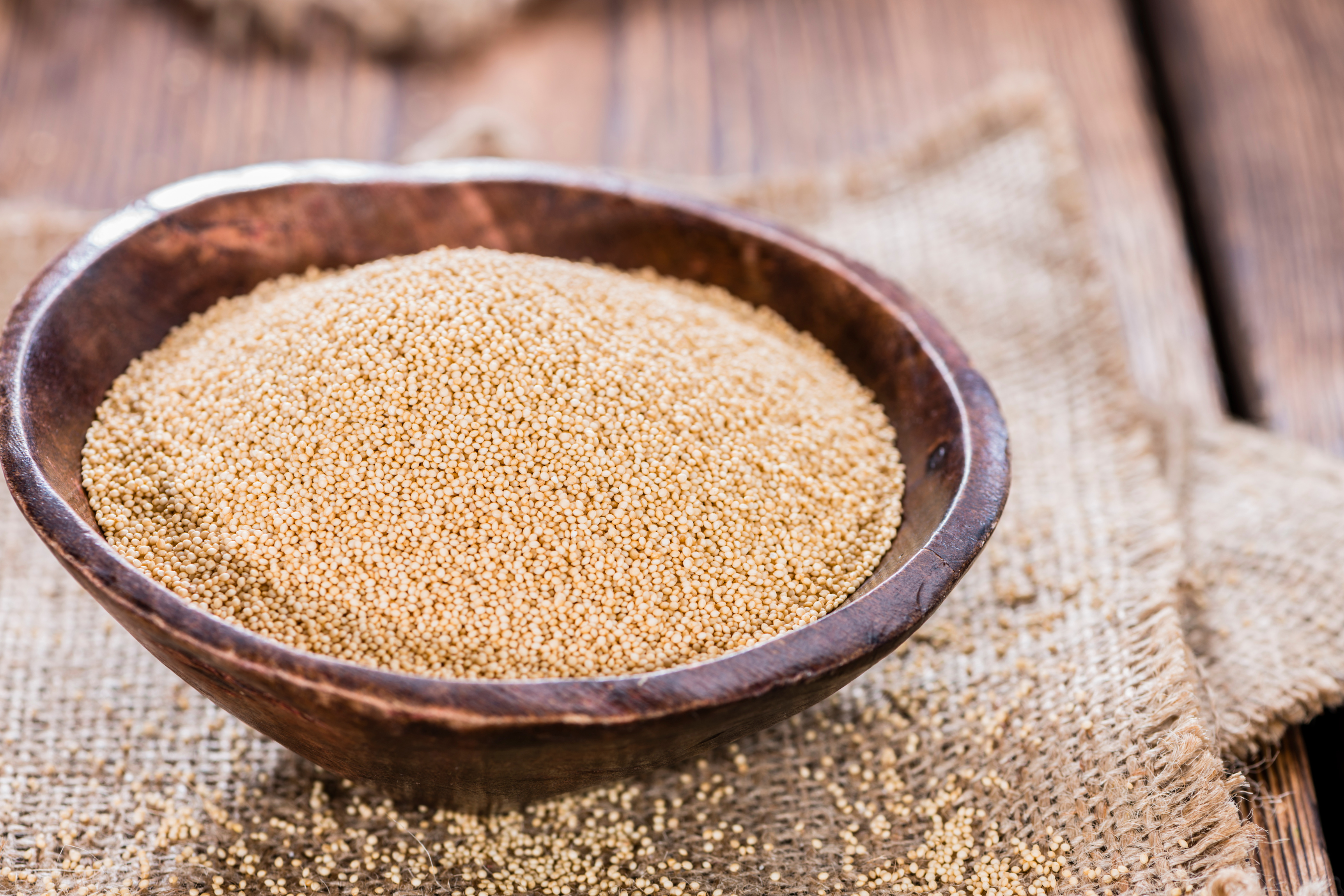Kamut grain and flour have become increasingly popular in recent years due to their impressive health benefits and unique characteristics. In this article, we’ll explore the origins, nutritional profile, and health benefits of kamut, compare it to other grains, and give you tips on how to incorporate it into your diet.
What is Kamut Grain?
Kamut is a type of ancient grain that is known for its large size, rich flavor, and nutritional benefits. Its scientific name is Triticum turgidum subsp. turanicum, and it is also commonly referred to as Khorasan wheat. Kamut is a member of the wheat family, but it has a unique genetic makeup that sets it apart from other wheat varieties. Its grain is two to three times larger than the traditional wheat grain, and its husk is harder, which helps to preserve its nutrients.
Origins and History of Kamut
Kamut has a rich history that dates back to ancient Egypt. According to legend, kamut was discovered in a tomb in Egypt and was brought to the United States in the 1940s by a U.S. Airman who obtained it from a farmer in Egypt. Since then, kamut has been grown primarily in Montana, where it is now a popular crop for organic farmers.
One of the reasons kamut has become so popular is due to its unique flavor profile. It has a nutty, buttery taste that is unlike any other grain. It's perfect for use in bread, pasta, and other baked goods, and it's also great as a side dish or in salads.
Additionally, kamut is a sustainable crop that requires less water and pesticides than traditional wheat. This makes it an excellent choice for farmers who are looking to reduce their environmental impact.
Nutritional Profile of Kamut Grain
Kamut is rich in protein, fiber, vitamins, and minerals, making it a highly nutritious addition to any diet. It is gluten-containing, which means that individuals with gluten intolerance or celiac disease should avoid it. Here is a breakdown of the nutritional values found in kamut:
- Protein: Kamut contains between 11-15% protein content, significantly higher than regular wheat or rice. This makes it an excellent choice for vegetarians and vegans who are looking to increase their protein intake.
- Fiber: Kamut includes both soluble and insoluble fibers, which supports healthy digestion. Soluble fiber helps to lower cholesterol levels, while insoluble fiber helps to prevent constipation.
- Minerals: Magnesium, potassium, and zinc are the most abundant of minerals in kamut grain. Magnesium is essential for healthy bone formation, while potassium helps to regulate blood pressure. Zinc is important for a healthy immune system.
- Vitamins: Kamut contains high levels of thiamin, niacin, and vitamin B6, which are paramount for human health. Thiamin is essential for energy metabolism, while niacin helps to lower cholesterol levels. Vitamin B6 is important for brain development and function.
Overall, kamut is an excellent choice for individuals who are looking to increase their nutrient intake. Its unique flavor and texture make it a great addition to any meal, and its sustainability makes it an excellent choice for the environment.
Health Benefits of Kamut Grain and Flour
Kamut is a type of wheat that has been gaining popularity due to its impressive health benefits. This ancient grain has been around for thousands of years and is known for its nutty flavor and chewy texture. Kamut is an excellent source of nutrients and is highly beneficial for overall health and well-being. Listed below are some of the health benefits of kamut:
Rich in Protein and Fiber
Kamut is an excellent source of protein and fiber. The high protein content in kamut makes it an ideal food for vegetarians and vegans. Protein is essential for building and repairing tissues in the body, and it also helps to maintain healthy bones, muscles, and skin. The high fiber content in kamut provides numerous health benefits, including maintaining healthy digestion, aiding in weight loss, and increasing feelings of fullness. Fiber also helps to reduce the risk of chronic diseases such as heart disease, diabetes, and cancer.
Supports Heart Health
Kamut is highly beneficial for cardiovascular health due to the high levels of magnesium it contains. Magnesium helps to lower blood pressure and reduce the risk of heart disease. It also helps to maintain healthy nerve and muscle function, and it is essential for bone health. Kamut is also a good source of potassium, which is crucial for maintaining healthy blood pressure levels.
Aids in Digestion
The high fiber content in kamut helps to maintain healthy bowel function and reduces the risk of constipation and other digestive issues. Fiber also helps to feed the good bacteria in the gut, which is essential for overall digestive health. Kamut is also rich in prebiotics, which are a type of fiber that helps to promote the growth of beneficial bacteria in the gut.
Boosts Immune System
Kamut's high zinc content is crucial for a strong immune system. Zinc is known to decrease inflammation, reduce the risk of infections, and improves wound healing processes. It also helps to maintain healthy skin, hair, and nails. Kamut is also a good source of vitamin E, which is an antioxidant that helps to protect the body from free radical damage.
Antioxidant Properties
Kamut has potent antioxidant properties due to the presence of phenolic acids. These antioxidants help to prevent chronic diseases such as cancer and heart disease. Antioxidants also help to protect the body from free radical damage, which can lead to premature aging and other health problems.
In conclusion, kamut is an excellent food to add to your diet if you're looking to improve your overall health and well-being. It's rich in protein, fiber, vitamins, and minerals, and it provides numerous health benefits. So why not try adding kamut flour to your baked goods or cook up some kamut grain for a tasty and nutritious meal?
Kamut vs. Other Grains
When it comes to grains, Kamut is often touted as a healthier alternative to wheat, oats, and rice. But what makes it stand out? Let's take a closer look at how Kamut compares to other grains.
Comparing Nutritional Values
Kamut is known to have a higher nutritional value than other grains, including wheat, oats, and rice. But what does that mean exactly?
- Compared to wheat: Kamut has around 40% more protein, 65% more amino acids, and is higher in fiber, vitamins, and minerals. This means that Kamut can provide a more significant nutritional punch than wheat, making it an excellent choice for those looking to increase their nutrient intake.
- Compared to oats: Kamut has higher protein, minerals, and vitamins, while having almost the same fiber content. While oats are often touted for their high fiber content, Kamut can provide similar benefits while also providing more significant amounts of other essential nutrients.
- Compared to rice: Kamut has three times more protein, less fat, and a more significant vitamin range. While rice is a staple in many diets, it can be lacking in certain nutrients. Kamut can provide a more balanced nutritional profile, making it a great alternative to rice.
Gluten Content and Allergies
While Kamut is packed with nutrients, it's important to note that it is not gluten-free. Kamut is a member of the wheat family, and individuals with celiac disease or gluten intolerance should avoid it. However, some studies indicate that individuals with wheat sensitivities or allergies may tolerate Kamut because it is less processed than regular wheat and may contain fewer allergens.
Flavor and Texture Differences
Aside from its nutritional benefits, Kamut also has a distinct flavor and texture that sets it apart from other grains.
Kamut has a nutty and buttery flavor that can add depth to a variety of dishes. Its unique taste makes it an ideal substitute for recipe ingredients that call for wheat.
In addition to its flavor, Kamut's texture is also different from wheat. Kamut is chewier and heartier, which can add a satisfying texture to dishes like salads, soups, and stews.
Overall, Kamut is a nutrient-dense grain that can provide a variety of health benefits. Whether you're looking to add more protein, vitamins, and minerals to your diet or simply switch up your grain game, Kamut is worth a try.
How to Incorporate Kamut into Your Diet
Kamut is an ancient grain that has been around for thousands of years. It is a high-protein, high-fiber grain that is packed with essential minerals, vitamins, and nutrients. Kamut is also known for its nutty, buttery flavor and its versatility in cooking and baking.
Cooking with Kamut Grain
Kamut grain can be used in a wide range of recipes, such as risottos, soups, casseroles, or even salads. It can be cooked on its own or mixed with other grains like rice or quinoa. Kamut grain is a great source of protein, making it an ideal ingredient for vegetarian and vegan meals. It is also a good source of fiber, which can help regulate digestion and keep you feeling full for longer periods of time.
One way to cook kamut grain is to boil it in water or broth until it is tender. You can then add it to your favorite recipes, such as a vegetable stir-fry or a hearty soup. Kamut grain can also be used as a base for grain bowls, topped with roasted vegetables, avocado, and a flavorful dressing.
Baking with Kamut Flour
Kamut flour is a great alternative to wheat or all-purpose flour in baking recipes. It has a slightly sweet, nutty flavor that can add depth to your baked goods. Kamut flour is also high in protein, making it a great choice for bread and other baked goods that require a strong structure.
You can substitute kamut flour for wheat or all-purpose flour in almost any recipe, including bread, muffins, pancakes, and cookies. Kamut flour can also be used to make pizza dough, which is a healthier alternative to traditional pizza crust.
Kamut-Based Products and Recipes
There are a wide variety of kamut-based products available in the market, including cereals, pasta, bread, granola bars, crackers, and more. These products are a great way to incorporate kamut into your diet without having to cook it from scratch.
Kamut-based pasta is a great alternative to traditional wheat pasta. It has a slightly nutty flavor and a firm texture that holds up well in sauces. Kamut-based bread is also a great alternative to traditional wheat bread. It has a denser texture and a nutty flavor that pairs well with a variety of toppings.
Summary
Kamut is a nutritious and versatile grain that can be used in a variety of recipes. It is high in protein, fiber, and essential minerals, making it a great addition to a healthy diet. Whether you cook with kamut grain, bake with kamut flour, or use kamut-based products, incorporating kamut into your diet is a great way to enjoy its many health benefits.









Leave a comment
All comments are moderated before being published.
This site is protected by hCaptcha and the hCaptcha Privacy Policy and Terms of Service apply.